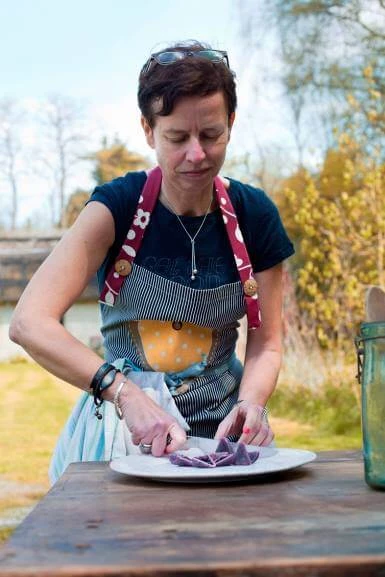How many ounces are in 15 ml?
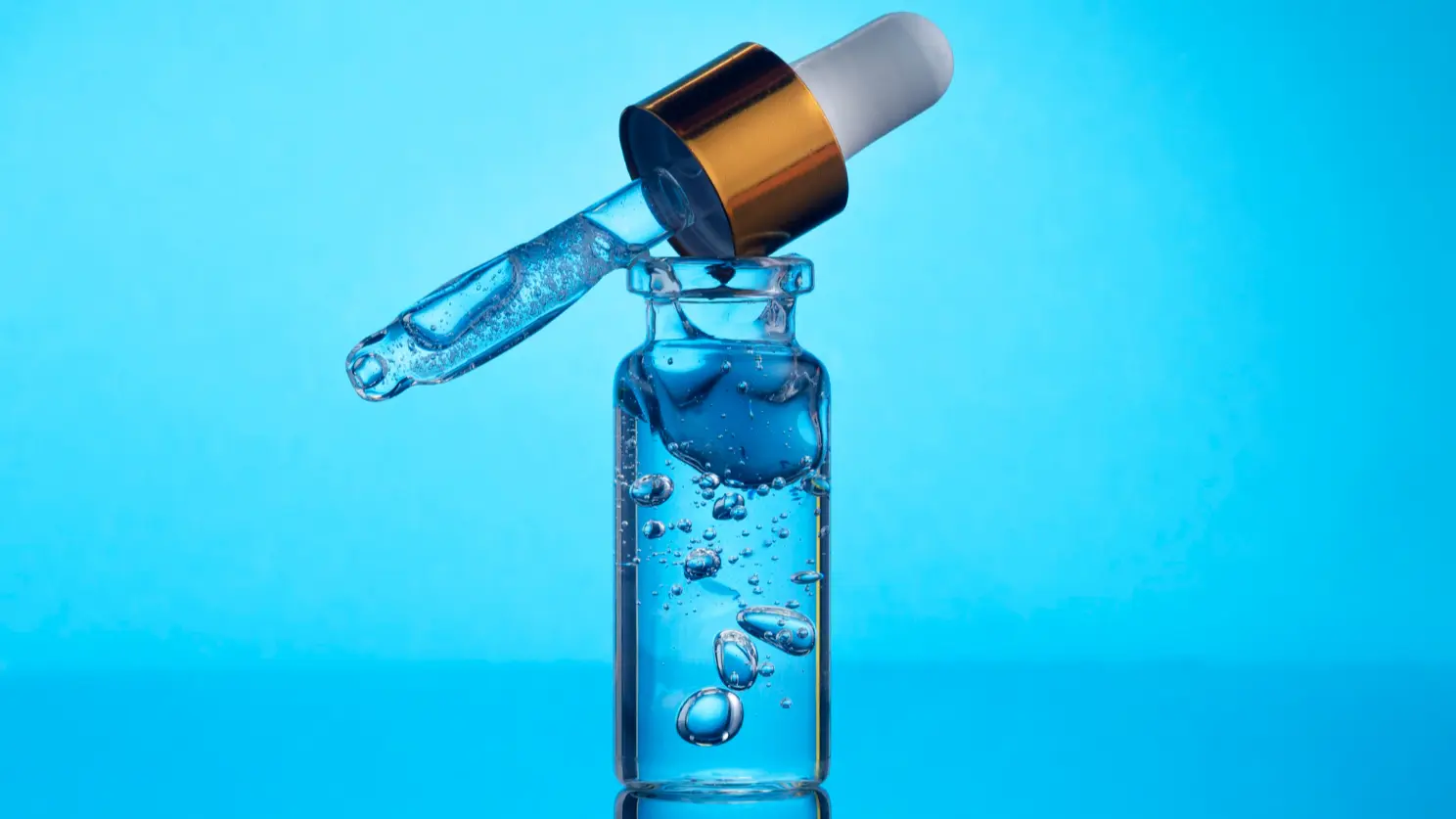
Content
Volume unit converter
Introduction
When cooking or working in a lab, conversions matter. They ensure precision. For recipes or science, exact amounts are crucial. Missteps can spoil a dish or an experiment. Let's delve into fluid volume conversions, starting with how many ounces are in 15 ml.
Importance of Measurement Conversions
Measurements are part of daily life. In cooking, healthcare, or science, getting them right is key. Errors can lead to failures or health risks. That's why understanding conversions is essential.
Understanding Fluid Volumes
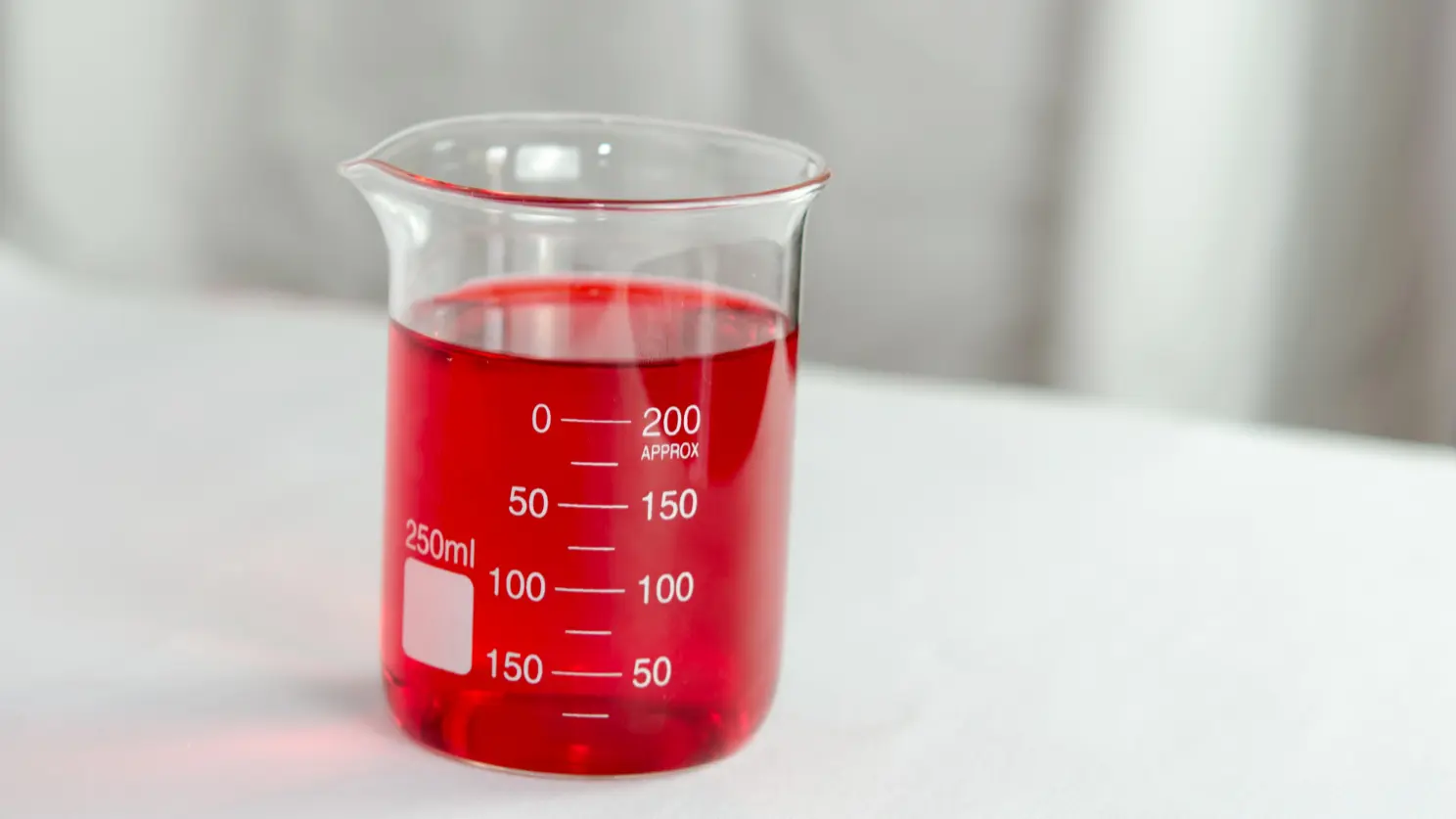
Fluid volumes tell us how much liquid is present. Different units measure them. In some countries, milliliters are common. In others, ounces are. Knowing how to switch between them is a useful skill.
Units of Measurement
Measurements are standardized. This allows for clear communication and consistent results worldwide. Two common units for liquid are milliliters and ounces.
What is a Milliliter
A milliliter is a metric system unit. It measures volume. One milliliter is one-thousandth of a liter. It's a common unit in many parts of the world.
What is an Ounce
An ounce is a unit of volume in the imperial system. Specifically, a fluid ounce is used for liquids. It's different from an ounce that measures weight.
Conversion Essentials
Understanding conversion fundamentals is important. It helps in accurately changing milliliters to ounces.
Milliliters to Ounces Basics
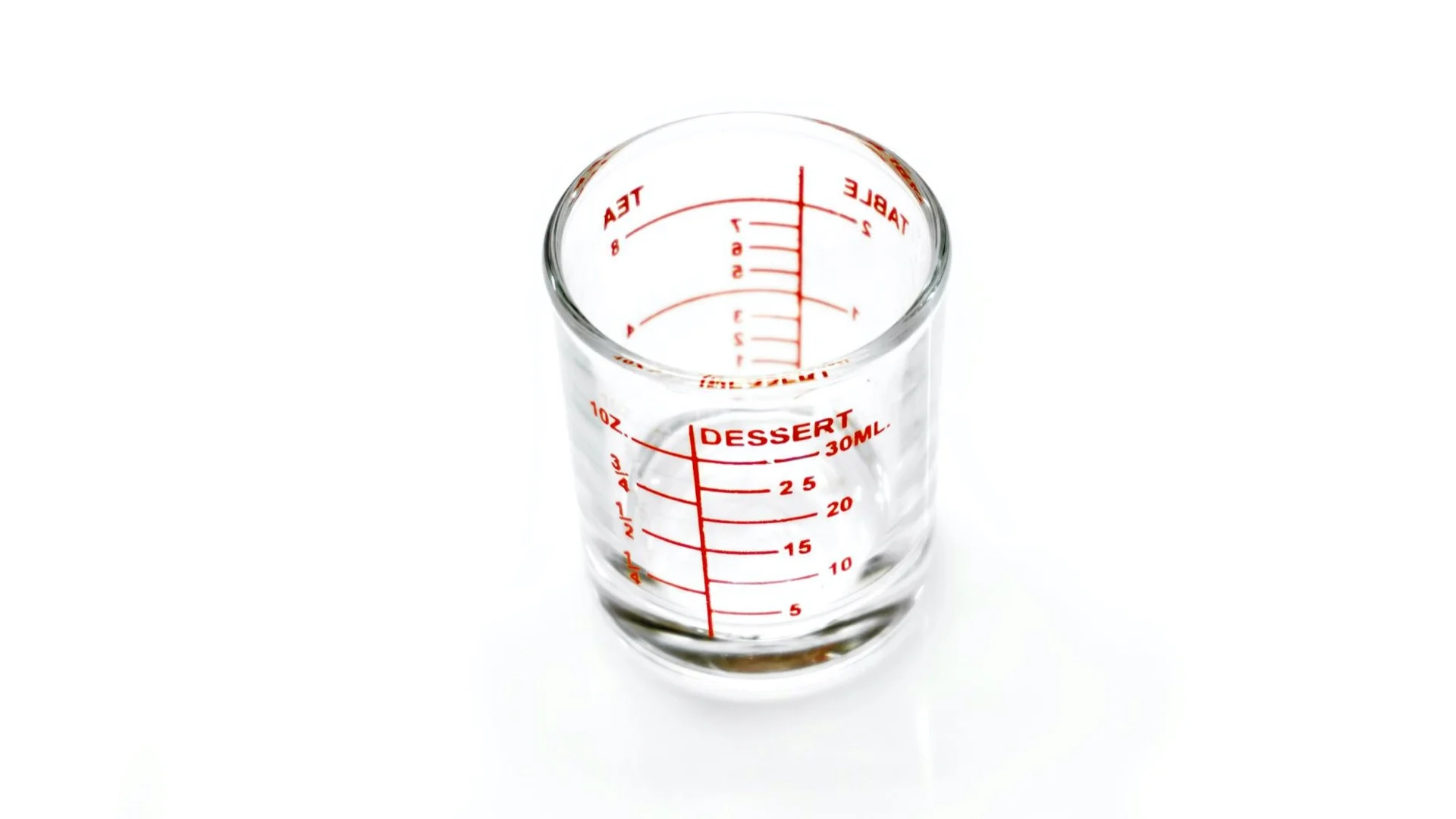
The basic formula for milliliters to ounces conversions is simple. One milliliter equals 0.033814 fluid ounces. Thus, 15 ml equals about 0.50721 ounces.
Conversion Ratios Simplified
Conversion ratios help simplify the process. Remember this: 30 ml equals approximately 1 fluid ounce. This ratio makes it easy to convert 15 ml to ounces or any other amount.
Converting 15 ml to Ounces
Converting 15 ml to oz requires understanding. It's more than a simple calculation. Accuracy is vital.
Step-by-Step Conversion Guide
First, know the conversion ratio. For 15 milliliters to ounces, multiply by 0.033814. This gives you the ounce equivalent.
Steps:
- Start with the Volume in Milliliters: Identify the amount of liquid in milliliters that you want to convert.
- Know the Conversion Factor: The conversion factor from milliliters to fluid ounces is 0.033814. This means that each milliliter equates to 0.033814 fluid ounces.
- Use the Factor to Convert: Multiply the volume in milliliters by 0.033814 to convert to fluid ounces. Example: To convert 15 ml to ounces, calculate 15 ml × 0.033814 = 0.50721 fl oz.
- Round for Practicality: If you do not need extreme precision, round the result to an appropriate decimal place. For everyday use, rounding to two decimal places is usually sufficient.
- Continuing the example: 0.50721 fl oz rounded to two decimal places is 0.51 fl oz.
- Verify with a Tool: For crucial conversions, double-check your results with a conversion tool or calculator.
Accurate Measurement Techniques
Use precise instruments for measuring. Graduated cylinders or measuring cups work best. Make sure they are marked for milliliters and ounces.
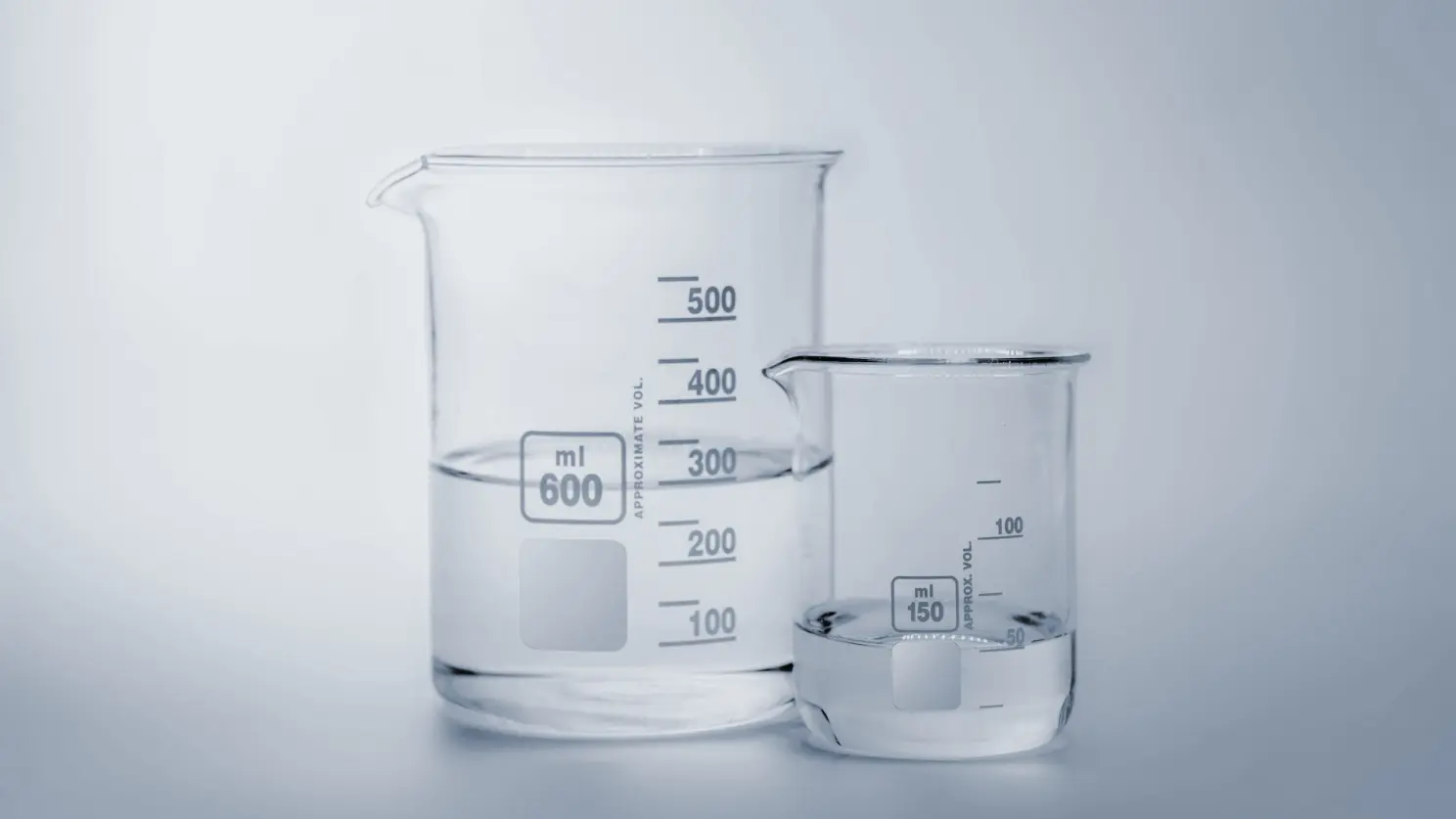
Conversion Tables and Charts
Tables and charts make conversions quicker. They provide a fast reference. These tools are handy for frequent use.
Table for Milliliters to Ounces
A table can list milliliters and their ounce equivalents. For example, it might show 15 ml and the corresponding ounce value. This makes ml to oz conversion quick and easy.
| Milliliters (ml) | Ounces (fl oz) |
|---|---|
| 5 | 0.16907 |
| 10 | 0.33814 |
| 15 | 0.50721 |
| 20 | 0.67628 |
| 25 | 0.84535 |
| 30 | 1.01442 |
Quick Reference Conversion Chart
A chart can show several measurements at once. It offers a visual guide for ml to fl oz conversions. Charts are great for a fast check.
| Milliliters (ml) | Fluid Ounces (fl oz) |
|---|---|
| 5 | 0.17 |
| 10 | 0.34 |
| 15 | 0.51 |
| 20 | 0.68 |
| 25 | 0.85 |
| 30 | 1.01 |
| 50 | 1.69 |
| 100 | 3.38 |
| 250 | 8.45 |
| 500 | 16.91 |
| 1000 | 33.81 |
Practical Uses of Conversions
Conversion knowledge is practical. It's used in various settings. Each field has its specific needs for accurate liquid measurements.
In the Kitchen
Recipes often require precise liquid amounts. Milliliter to ounce conversions are common here. They help chefs and home cooks get the right ingredient volumes.
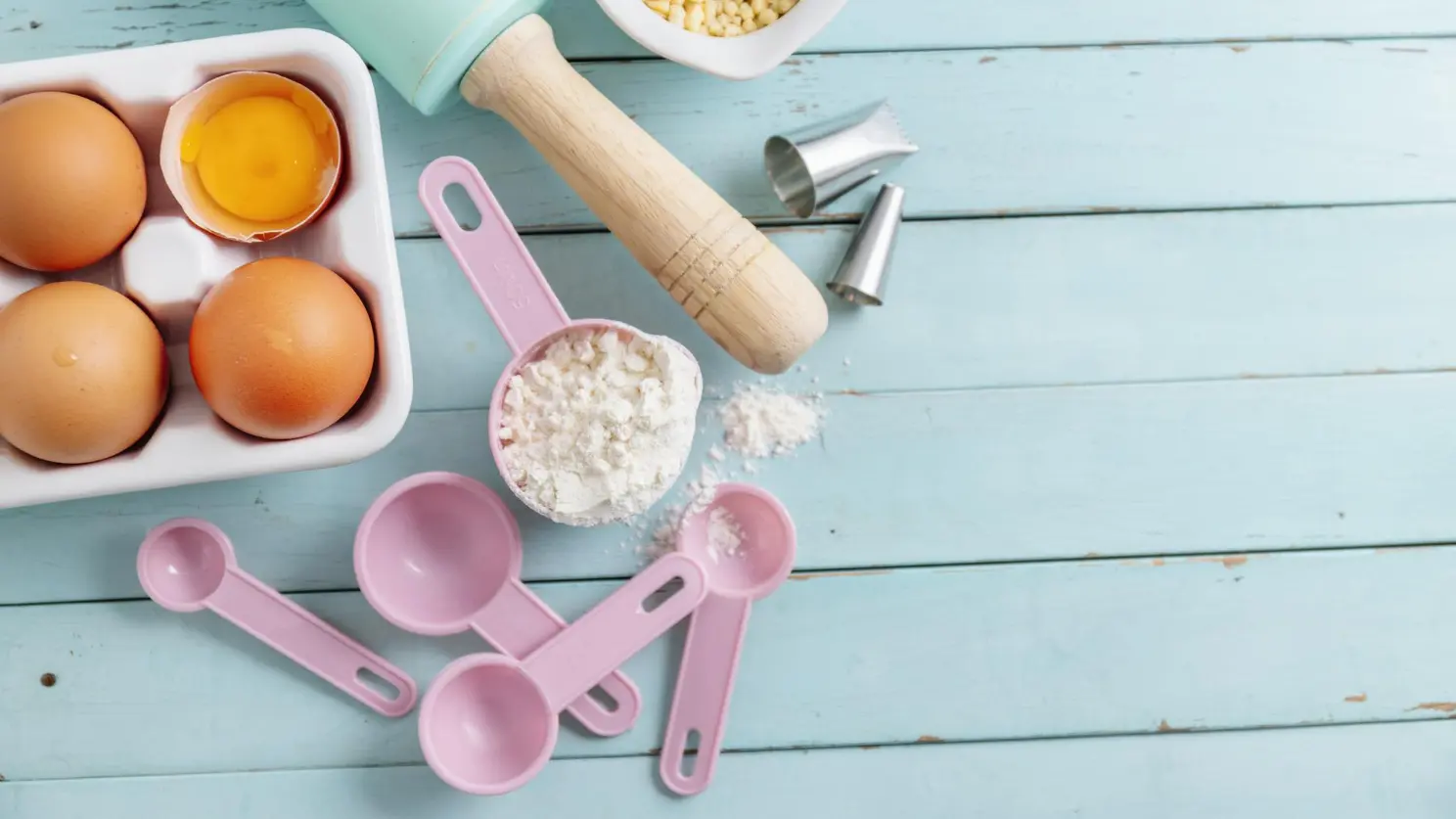
List of examples:
- Measuring ingredients for baking.
- Adjusting a recipe size.
- Switching between metric and imperial systems.
Healthcare and Medicine
Dosages are critical in healthcare. They are typically measured in milliliters. Nurses and doctors need to convert these to fluid ounces when necessary.
List of examples:
- Calculating medication doses.
- Preparing solutions for treatments.
- Administering the correct volume of liquids.
Scientific Research
Experiments require exactness. Scientists use conversions to ensure this. They typically work in milliliters, but sometimes require the unit of volume in ounces.
List of examples:
- Conducting experiments.
- Preparing chemical solutions.
- Quantifying reaction yields.
Conversion Tools
Accurate tools are a must for measuring liquids. They can be simple or advanced. But all must provide precise measurements.
Using Measuring Instruments
Instruments like syringes, beakers, and flasks are common. They should have clear markings. This helps with ml to fl oz conversions.
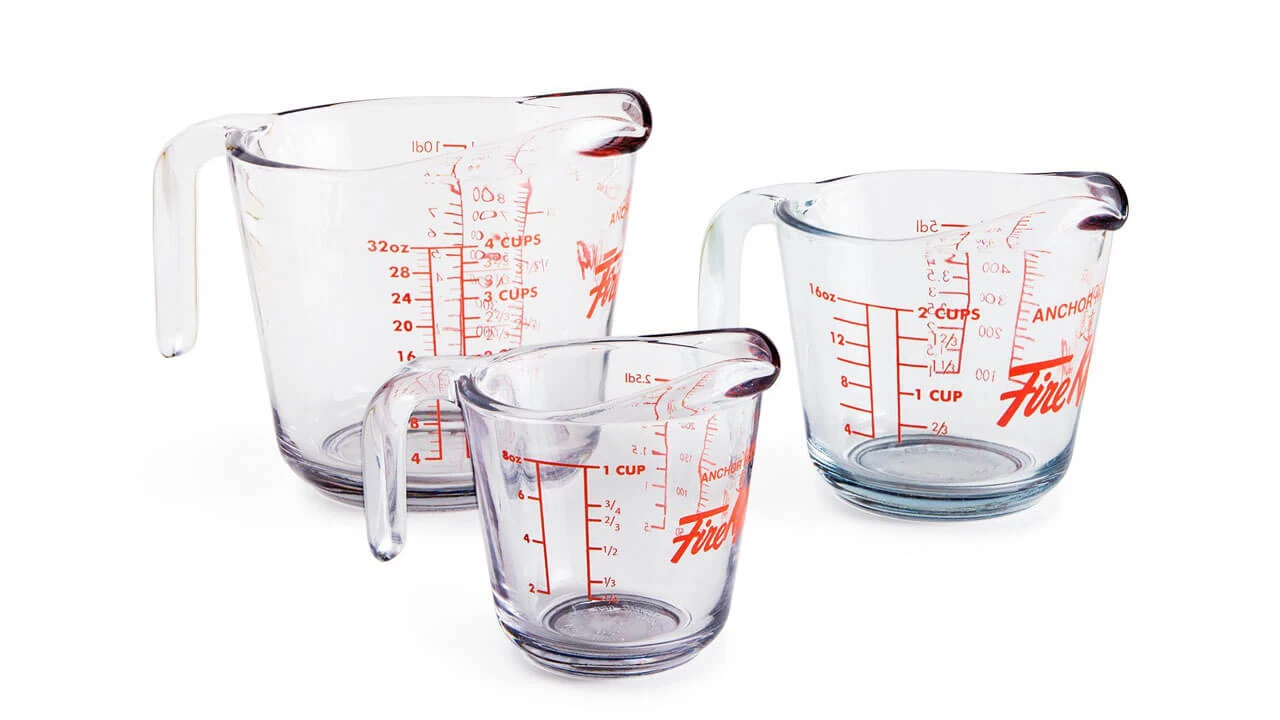
Common Conversion Errors
Mistakes in converting can lead to problems. A small error can have a big impact. Always double-check your work.
How to Ensure Precision
Use reliable tools and check your conversion tables. Practice often. This helps reduce errors in milliliter to ounce conversions.
- Check: Always verify with a second source.
- Calibrate: Ensure your instruments are accurate.
- Record: Keep a log of your conversions for reference.
Advanced Conversion Concepts
Sometimes, conversion isn't straightforward. Temperature can affect volume. So, take this into account for high-precision tasks.
Temperature Impact on Volume
Liquids expand or contract with temperature changes. This impacts volume. Always measure at the recommended temperature for accurate results.
Conclusion
